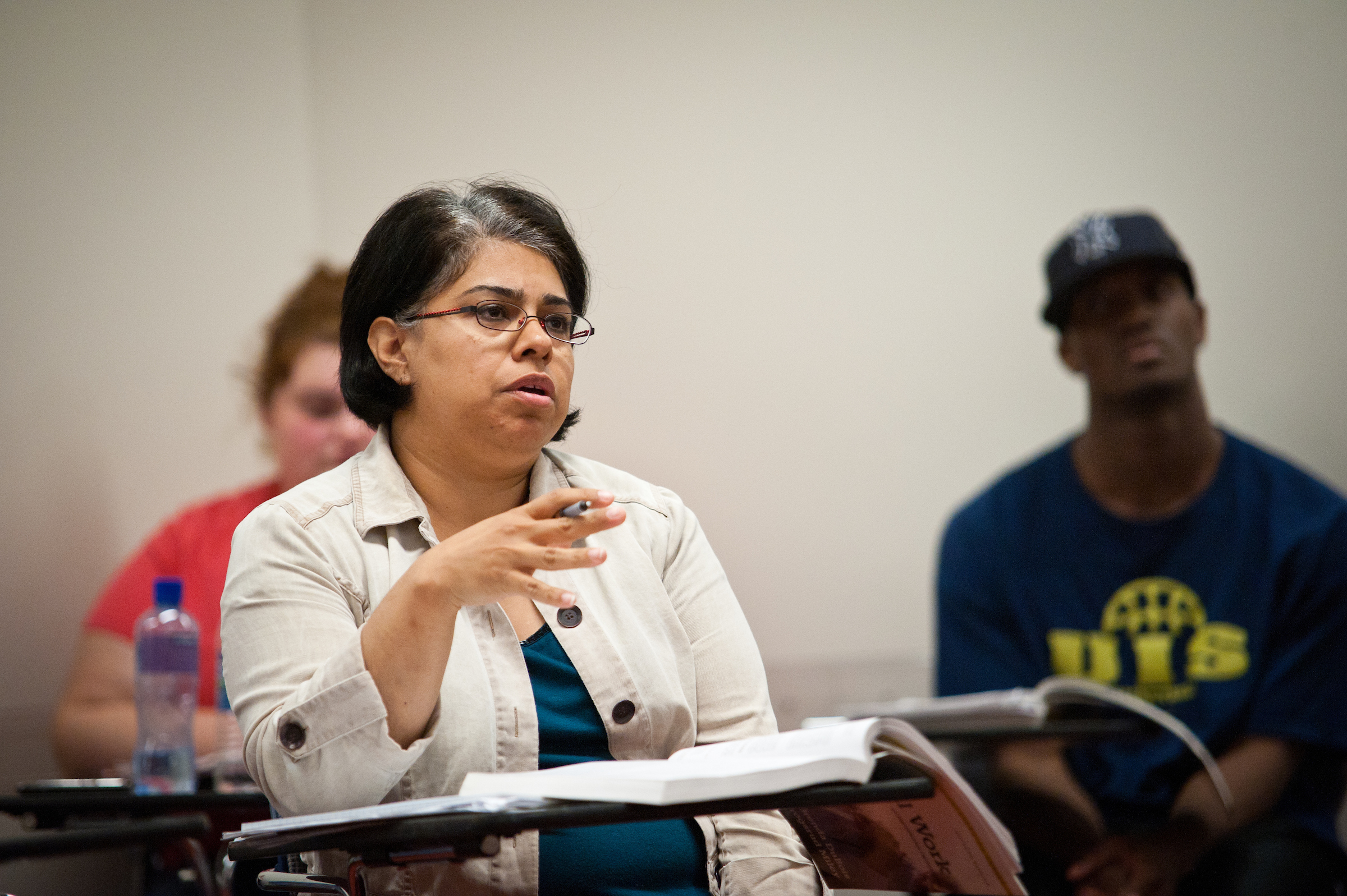Points of Pride
- A mission designed to expand both the person as an individual and their knowledge of the world
- A diverse interdisciplinary curriculum that offers freedom for students to customize their learning
- A flexible degree program useful for a wide variety of careers and graduate programs
- Opportunities to learn online, in person, or blended
- Online students pay e-tuition rates regardless of their residency
- Academic credit awarded for out-of-classroom life experiences through credit for prior learning
- The chance to earn job experience as part of your degree through engaged learning
- Start-up guide and student resources to help you design your own education
- Scholarships opportunities
